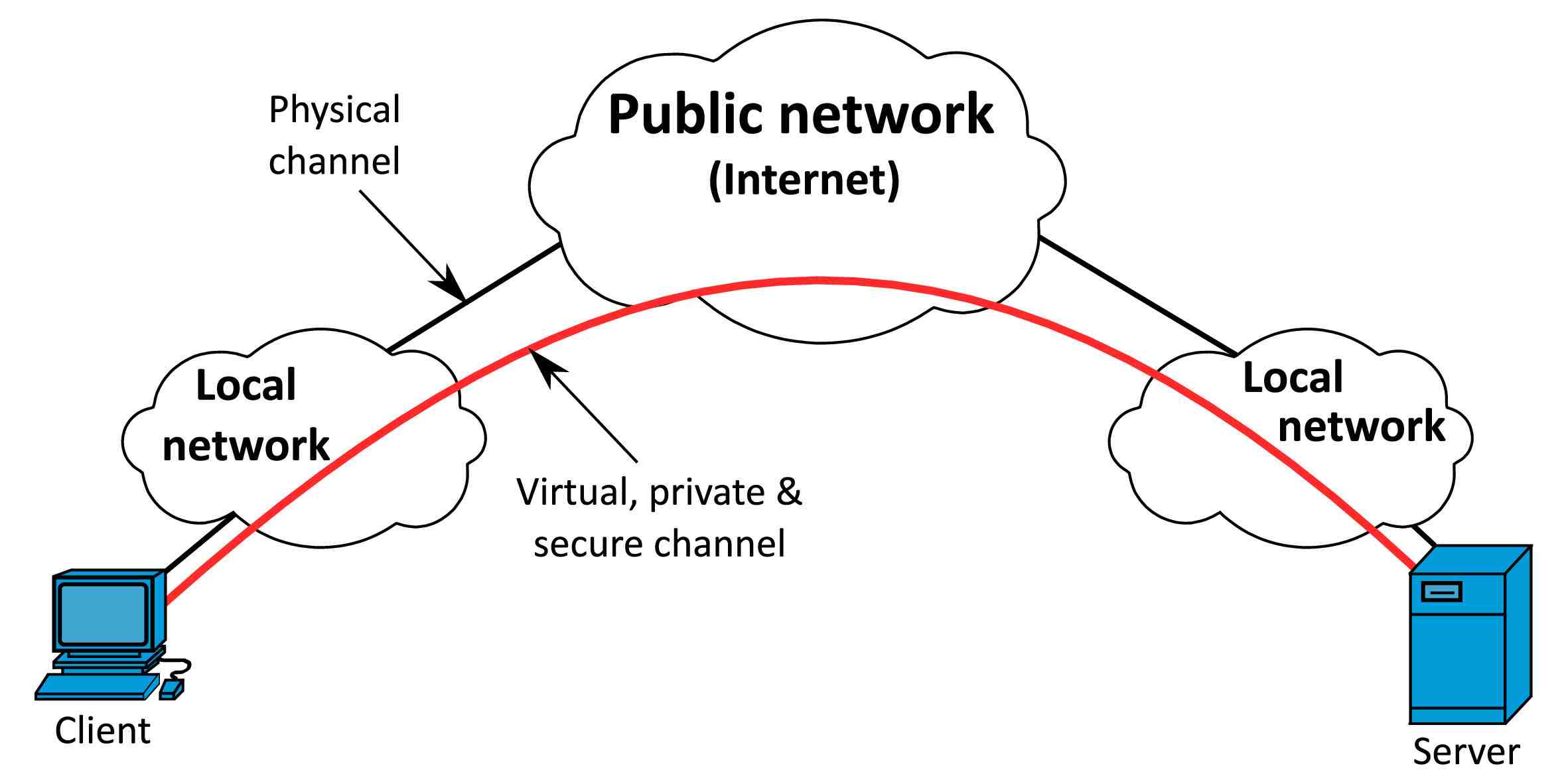Are bank transactions private?

On a daily basis, the only people who usually have access to your different types of bank accounts are you and the bank. In some cases, bank employees cannot even access all your information.
Can the bank see exactly what you bought? Although banks only know where you shopped – and not specifically what you bought – they are often able to make educated guesses. After all, you’re not likely to be in a liquor store for the potato chips. The bank can then conclude other things that you may like.
Can the government see how much money is in your bank account?
The Short Answer: Yes. The IRS probably already knows about many of your financial accounts, and the IRS can get information about how much is there. But, in reality, the IRS rarely digs deeper into your bank and financial accounts unless you’re being audited or the IRS is collecting back taxes from you.
Who can see my bank transactions?
- Bank tellers can see your bank balance and transactions on your savings, checking, investment, credit card, mortgage and loan accounts. …
- As soon as your profile appears on the teller screen, they can see your bank balance. …
- However, cashiers must follow strict regulations and practice confidentiality.
How much money can you deposit in a bank without getting reported?
Depositing a large amount of money that is $10,000 or more means your bank or credit union will report it to the federal government. The $10,000 threshold was created as part of the Bank Secrecy Act, passed by Congress in 1970, and adjusted with the Patriot Act in 2002.
How can I deposit money without being flagged? As mentioned, you can deposit large amounts of money without raising suspicion, as long as you have nothing to hide. The teller will take down your identifying details and use this information to file a Currency Transaction Report that will be sent to the IRS.
How often can I deposit cash without being flagged?
If you deposit less than $10,000 in cash in a specific period of time, it may not need to be reported. However, when a customer makes several smaller cash payments in a 12-month period, the 15-day countdown for reporting to the IRS begins as soon as the total paid exceeds $10,000.
How much money can I deposit in the bank without being reported 2022?
How Much Money Can You Deposit Before It’s Reported? Banks and financial institutions must report any cash deposit over $10,000 to the IRS, and they must do so within 15 days of receipt. Of course, it’s not as cut and dried as simply having to report one large sum of money.
Do banks flag people?

Bank accounts are often an important target because they offer instant access to cash in person, online and through electronic transactions. When a financial institution notices suspicious activity on your account, it will be flagged and you will need to contact your bank to find out why.
What happens when your account is flagged? The flag status is used to alert you to any suspicious transactions in your account. Not every flagged payment is fraudulent, but flags indicate that a payment is worth investigating.
Do banks report suspicious activity?
When Do Banks Have a Duty to Report Suspicious Activities? Under federal rules, banks and financial institutions must file a SAR whenever they flag a transaction of at least $5,000 as suspicious.
Do banks flag transactions?
Banks and other financial institutions have been required to submit suspicious activity reports to the US Treasury since 1992. They are intended to alert the authorities to possible money laundering, terrorist financing, sanctions violations or political corruption.
Why would a bank flag your account?
Banks can freeze bank accounts if they suspect illegal activity such as money laundering, terrorist financing or writing bad checks. Creditors can seek a judgment against you, which can lead a bank to freeze your account. The government can request an account freeze for any unpaid taxes or student loans.
What 5 things will be shown on your bank statement?

Information about individual accounts
- Bank account number.
- Product. You will see if this is a checking, savings or other type of account.
- Opening date This is the date you opened the account.
- Account ownership. …
- Summary of deposits and withdrawals. …
- Other account information. …
- Information about excess fabric.
What appears on your bank statement? The statement includes deposits, charges, withdrawals, as well as the beginning and ending balance for the period. Account holders generally review their bank statements each month to help keep track of expenses and expenses, as well as check for any fraudulent charges or errors.
What are the five columns on a bank statement for?
4. Familiarize yourself with the various columns of the account performance section. Columns usually include the date of the transaction, a description of the activity, debit (subtraction), credit (addition) and the current balance.
